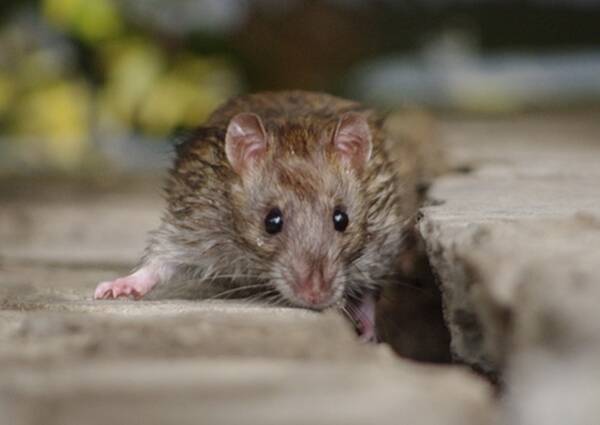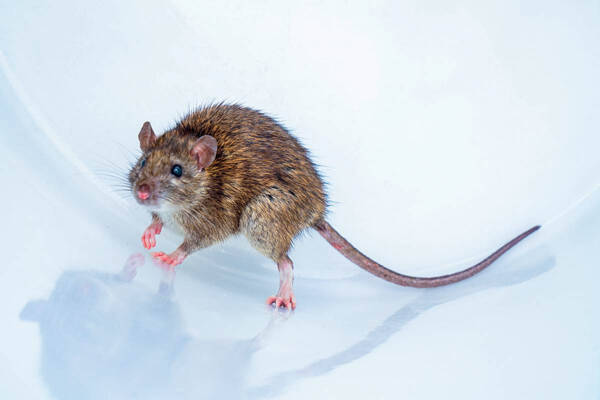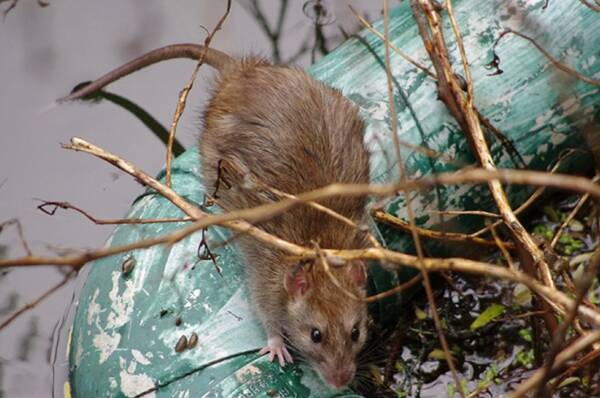Rattus losea
IUCN
LCBasic Information
Scientific classification
- name:Rattus losea
- Scientific Name:Rattus losea,Rosset, field mouse, garden mouse, yellow mouse, yellow-haired mouse
- Outline:Rodents
- Family:Rodentia Muridae Rat
Vital signs
- length:100-150mm
- Weight:
- lifetime:
Feature
It looks very similar to the brown rat, has strong adaptability to the natural environment, and is good at swimming.
Distribution and Habitat
In China, it is distributed in Taiwan, Fujian, Guangdong, Guangxi, Jiangxi, Guizhou, Chongqing, eastern Sichuan, southern Shaanxi, Hainan, and Hong Kong. Abroad, it is distributed in Vietnam, Laos (central and southern), and Cambodia.
Yellow-haired rats live widely in rice fields, sugarcane fields, sweet potato fields, banana fields, and vegetable gardens, with rice fields being the most common. In addition, they also live and move around on embankments, bushes, and thatched slopes. Yellow-haired rats generally do not enter people's houses, but are occasionally found in houses close to farmland. With the change of seasons and the influence of human activities, the habitat of yellow-haired rats has obvious changes. For example, in summer and autumn, in rice areas, they mainly live in burrows near the edge of the crop field, ridges, and field foundations. After the rice is harvested, they live in groups under straw piles or near other crop fields.
Appearance
This is a relatively small species in the genus House Mouse. The body length is 100-150mm. The fur color of the entire back is the same, straw yellow. The fur color from the center of the back to the buttocks is slightly darker, and the tips of the fur are gray-black. There are many guard hairs, which are gray-white at the proximal end and gray-black at the distal end, but they are not long and not significantly thick. The fur color of the back and abdomen gradually transitions, and the ventral fur is yellow-white. The base and tips of the chin hairs are both yellow-white. The tail length is not much different from the body length, sometimes slightly longer than the body length, and sometimes slightly shorter than the body length. The upper and lower tails are the same color, all gray-black. The scales are relatively small, and the ring patterns formed are obvious, and short and thick hairs grow inside the ring patterns. The hair at the tip of the tail is slightly longer. The backs of
Details
The yellow-haired rat belongs to the Murinae subfamily. The type origin of this species is Taiwan, my country. The species-level classification unit is stable, with few synonyms, but there are also disputes. It is mainly distributed in farmland, shrubs, mangroves, and garbage dumps around houses. It is rarely found in houses.

The yellow-haired rat is mainly active at night, with the most frequent activities around dusk and early morning. It is active only during the day in places with sparse population or good concealment conditions. They are good at swimming, often swimming across streams to rice fields, sugar cane, sweet potatoes and other crops to steal crops, and sometimes pull food into the cave entrance before eating. Yellow-haired rats do not migrate on a large scale or over long distances, but can move to nearby mature crop areas with the seasons, such as after rice is harvested, they migrate in large numbers to nearby sugar cane fields or sweet potato fields. When food is insufficient, their range of activities is greatly expanded, and they can go to other crop fields and water sources 100-200 meters away from the cave to find food. The activities of yellow-haired rats often have certain rules, and they often use various terrains and objects for concealment. For example, they like to pass through depressions (ridges, gaps in field foundations, etc.), like to walk against walls (field foundations, canals, etc.), and like to move under the grass, especially under the grass hedges around the edge of the field, the roadside or the vegetable garden. When there is water in the rice fields, they often move and forage on the field foundations.
The yellow-haired rat lives in a burrow, and the cave is relatively simple, usually with only 2-3 holes, most of which face southeast, with obvious runways between the holes. In crop fields, there are temporary and simpler caves. The diameter of the hole is 30-50mm, and the shape of the hole varies, depending on the terrain and environment. The hole entrance of the rat is smooth, and there is floating soil, rat feces and runways pushed out of the hole. Sometimes the hole entrance is found to be blocked by mud, but when other holes are attacked, they escape from this hole. Due to the warm climate and abundant food in the distribution area, the caves are simple and there is no habit of storing food. The number of rats in each cave varies greatly with different seasons, generally 2-3, and up to 19.

The yellow-haired rat is an omnivorous rodent that mainly feeds on plant-based food. It eats rice, sweet potatoes, sugar cane, wheat, corn, peanuts, beans, vegetables, etc., but prefers to eat seeds with higher nutritional value. Sometimes it also eats a small amount of animal food, and its diet often changes with the change of crops.
The yellow-haired rat has a strong reproductive capacity and can reproduce all year round. There are two peak breeding periods each year, in May-June and September-October, with 2-13 babies per litter, and most of them produce 5-6 babies.
In Guangdong, China, the number of yellow-haired rats is the highest after the peak of breeding in autumn, with December as the highest peak. Since the peak of breeding in spring is far less than that in autumn, and the summer is humid and hot, the mortality rate of yellow-haired rats is relatively high. Therefore, the number of yellow-haired rats is the lowest in August.

Yellow-haired rats are very harmful to crops. They harm rice fields, sugarcane fields, banana fields and litchi forests. Sometimes they gnaw on newly planted seedlings. When the rice ears are in the stage of heading and flowering, they bite off the rice stems to absorb the sweet juice. When the rice ears are in the stage of heading, they gather in large numbers in the rice fields and gnaw on the rice ears. After the sugarcane is harvested, they drill under the sugarcane pile to steal the sugarcane. When the litchi is ripe, they climb on the trees to steal the food. In the garden, they eat all kinds of vegetables. They like to eat the tender sprouts of vegetables such as cabbage, and also eat all kinds of fruits, beans, peanuts, etc.
Listed in the 2008 IUCN Red List of Threatened Species ver 3.1 - Least Concern (LC).








